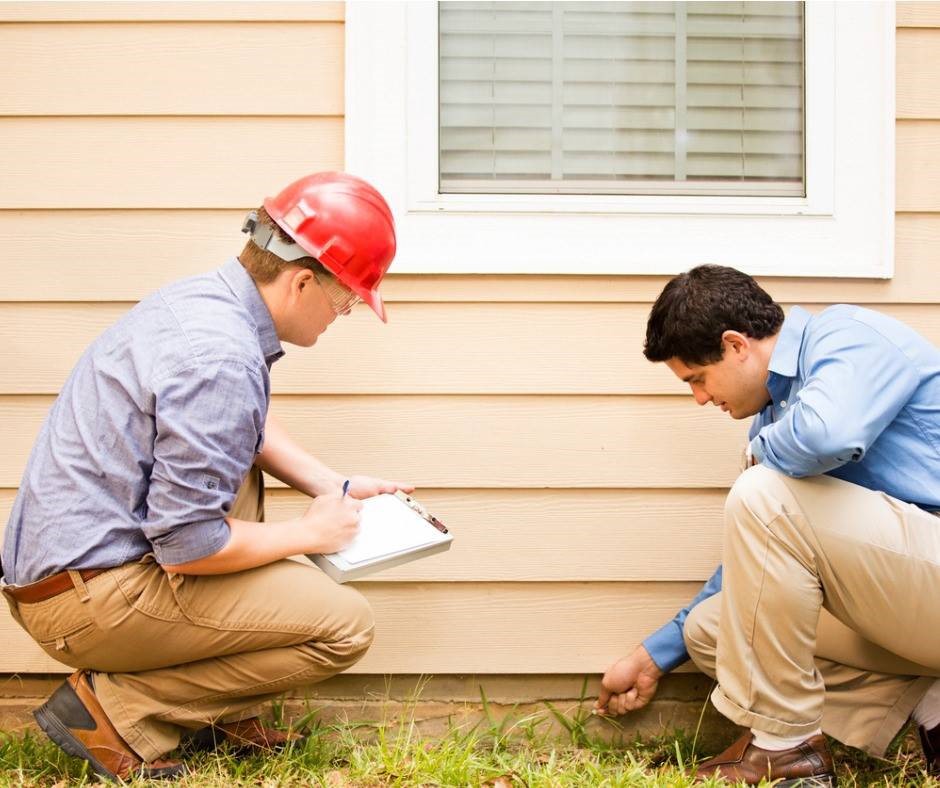Three Steps to Prepare Your Home Foundation for the Rainy Season

With the Northern California winter season arriving in October, as a homeowner you should take some steps to prepare your foundation to survive the colder, wetter weather. Your foundation is quite literally the base for your home’s entire structure, supporting everything inside your home. Make it an annual habit to review where your foundation stands and how the stress of winter rains and water flow may impact it.
Make a visual inspection
Take a thorough look around and under your house. Examine your foundation for holes or cracks which may have developed since last winter. Smaller cracks can easily be filled in with mortar or an expanding foam material available at your hardware store. It’s important that these small cracks get filled in, so that cold air, moisture and even small rodents cannot invade your home. If you are unsure about how to fix any cracks you find, or if you spot any larger cracks, call an expert foundation repair specialist or structural engineer. The soil around the foundation may have shifted or settled enough over the years that remedial action is now necessary.
Remove vegetation from foundation edges
If any plants like ivy have grown towards your foundation, remove them completely from the vicinity. Too much plant growth up against the foundation can trap moisture close to the structure. In addition, plant roots can slowly uplift the soil under a foundation and cause it to deform and crack. Or plant tendrils can work their way into cracks and expand them as they grow. Trees
that have been planted too close to the house can cause damaging uplift as well
as their root systems grow.
After
removing weeds and other growth from the area around foundation, check your cellar
doors, if any, and vents that lead into crawlspaces. Ensure that they are
tightly closed and sealed against entry by rodents or other vermin as well as
rain water. If you have any crawlspaces in the foundation, inspect them for water
damage or infestations by unwanted visitors. Proceed with caution or hire a
pest inspector or structural engineer for this task, but don’t neglect it!
When you find major issues call in the engineers
Your annual foundation inspection usually won’t uncover a major development which will require the investigation of a foundation expert. But major cracks in the foundation walls, any type of holes which have been produced in the foundation, or an obvious shifting of the soil around foundation walls must be investigated properly. Don’t leave it alone and hope that nothing serious will develop from it.
Trenching and Helical Anchor
Installations by Lassiter Excavating
The Lassiter team has been working with foundation repair specialists and structural engineers in remediating foundation issues for over 30 years. This includes trenching for French drain installation and other water flow management solutions, and pier drilling and helical anchor installation to shore up sagging foundations, bringing them back to beam. For any questions about these foundation protection methods, give us a call.

